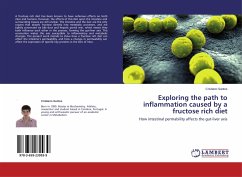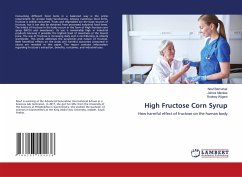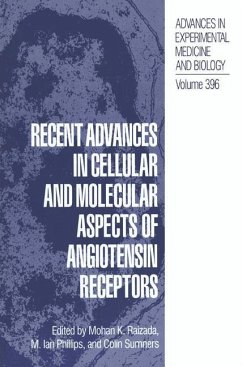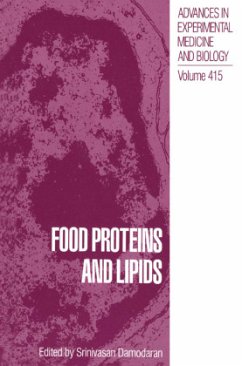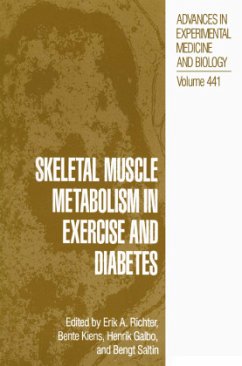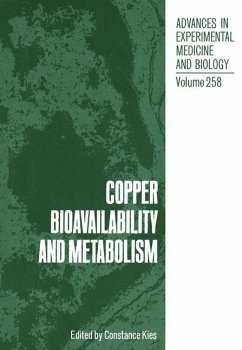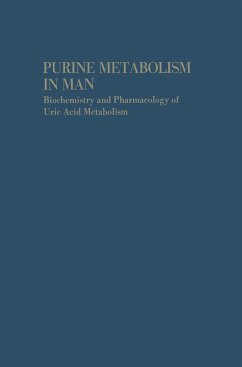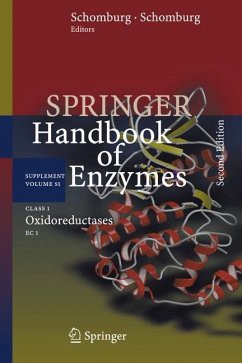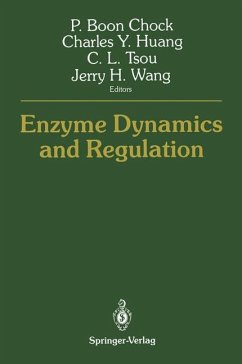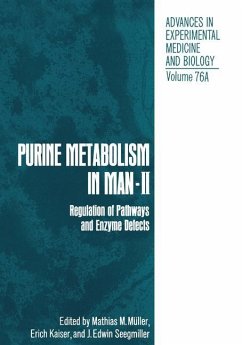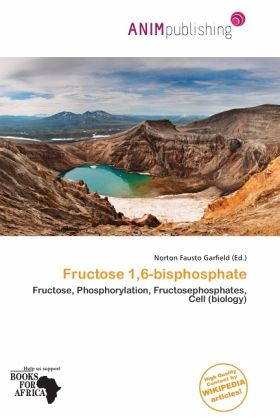
Fructose 1,6-bisphosphate
Fructose, Phosphorylation, Fructosephosphates, Cell (biology)
Herausgegeben: Garfield, Norton Fausto
Versandkostenfrei!
Versandfertig in 6-10 Tagen
19,99 €
inkl. MwSt.

PAYBACK Punkte
10 °P sammeln!
Please note that the content of this book primarily consists of articles available from Wikipedia or other free sources online. Fructose 1,6-bisphosphate (also known as Harden-young ester) is fructose sugar phosphorylated on carbons 1 and 6 (i.e., is a fructosephosphate). The -D-form of this compound is very common in cells. The vast majority of glucose and fructose entering a cell will become converted to fructose 1,6-biphosphate at some point.Fructose 1,6-bisphosphate lies within the glycolysis metabolic pathway and is produced by phosphorylation of fructose 6-phosphate. It is, in turn, brok...
Please note that the content of this book primarily consists of articles available from Wikipedia or other free sources online. Fructose 1,6-bisphosphate (also known as Harden-young ester) is fructose sugar phosphorylated on carbons 1 and 6 (i.e., is a fructosephosphate). The -D-form of this compound is very common in cells. The vast majority of glucose and fructose entering a cell will become converted to fructose 1,6-biphosphate at some point.Fructose 1,6-bisphosphate lies within the glycolysis metabolic pathway and is produced by phosphorylation of fructose 6-phosphate. It is, in turn, broken down into two compounds: glyceraldehyde 3-phosphate and dihydroxyacetone phosphate. It is an allosteric activator of pyruvate kinase.Fructose, or fruit sugar, is a simple monosaccharide found in many plants. It is one of the three dietary monosaccharides, along with glucose and galactose, that are absorbed directly into the bloodstream during digestion. Fructose was discovered by French chemist Augustin-Pierre Dubrunfaut in 1847.



